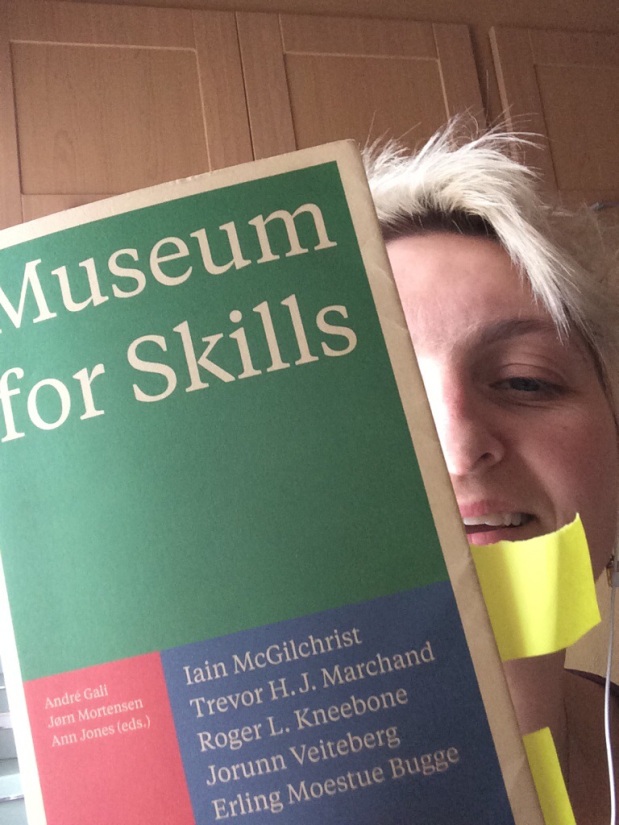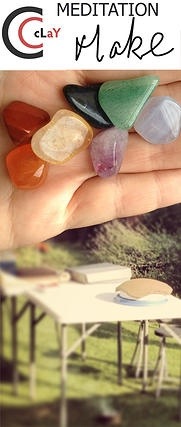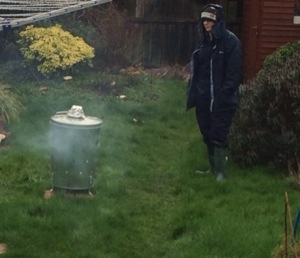“One has to put oneself in the position to see something, but it won’t come. You have to think and work towards the creative thing that you want to achieve, but it won’t happen. It’s when you go away that it comes to you and it works. But it wouldn’t have come to you unless you had done the other thing first. So often you have to do something knowing that it’s going to be no good….without battering away at it, when you switch off, it won’t happen.” (Iain McGilchrist)
For me this quotation points at something very important. It can be put in lots of different ways but essentially it deals with the play between reason, emotion and intuition. The is particularly poignant following my recent visit to the opera. Cosi fan tutti at the ENO. It was a romp! Now, don’t get me wrong I have seen the reverential productions of cosi that produce a morose and ultimately desolate portrayal of the capriciousness of lovers in an age of reason. The ENO decided to present a colourful and boisterous version of relationship that sought actively to mature the childish ideals of the two couples. It definitely fell on the side of don alfonso but it was anything but cynical; if anything it was refreshing. The age of wisdom rather than reason won out.
So it is the same with the process of making. This has to be learned through embodied experience. Moreover it is the work of the heart that does this. You come and chip away at the work of creativity and fail. Then you walk away and the creativity comes to you, a solution comes to you. This is learned in the body, not through following algorithms in the mind. Often these things need to be accessed very quickly. Intuition. (This is the widest sense in which tacit knowledge can be discussed.)
Reason, emotion and intuition are intertwined.
From all of this you may have been able to tell that my making has been presenting me with considerable challenges which I have not been able to address until now. This partly accounted for my absence on the blog and
even though this convoluted post is far simpler than the reality of the tussle that has been going on with my Unguentarium project (pots with lids), it may still seem too multifaceted to make any sense of, from where you are sitting. Needless to say the fact that I draw on many sources for my work is reflected here and the art object that is the result is always a distillation of those influences. It finishes the journey, so to speak, hopefully with clarity!
To close on another quotation, which makes me (and others) feel better, “The intuitions of someone who had reasoned well all their life will be better than the intuitions of someone who hasn’t. But equally, the reasoning of someone who intuits well and is experienced, will be a lot better than the reasoning of someone who hasn’t got that to rely on.” (Iain McGilchrist)
Here is the trailer for ENO’s Cosi fan tutti http://www.eno.org/cosi






